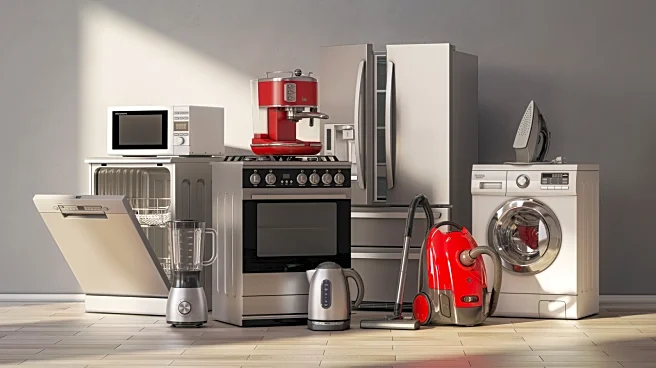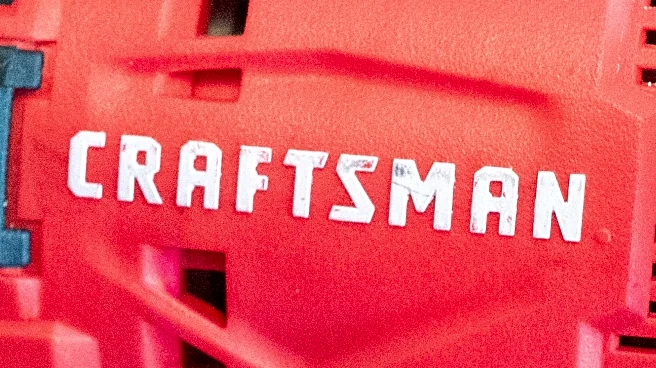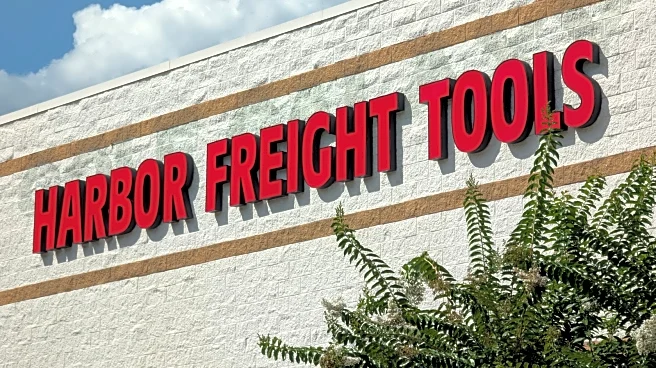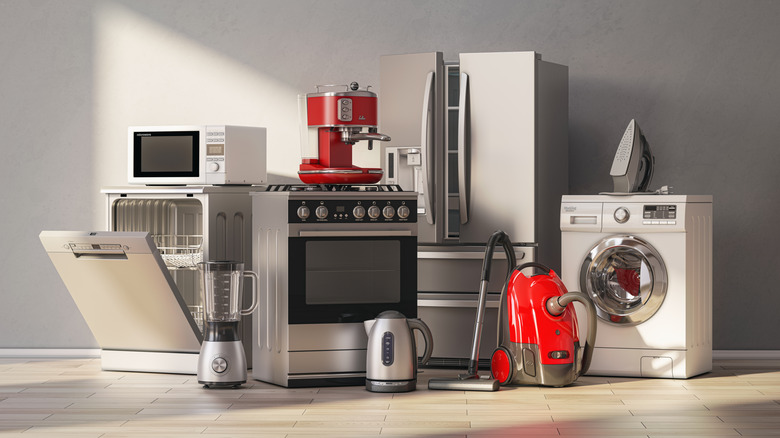
The kitchen and the dining room are places where people of all ages come together to make and share food. It's where grandparents make cookies for their grandkids and where parents pass down time-honored family recipes. They can feel like universal spaces that connect all generations and transcend time, but the kitchen has changed pretty dramatically over the years.
While the cookstove remains the core of the kitchen, many of today's go-to kitchen appliances (like the ever-popular air fryer or the Instant
Pot) didn't exist when our grandparents were learning to cook. Even standard appliances like refrigerators and microwaves were only invented or popularized within the last century.
The kitchen is a living place and, thanks to test kitchens and inventors, it's always evolving. Some new kitchen inventions are just a flash in the pan, while others don't really cut the mustard, but a select few find their place in the pantry pantheon. These are our top kitchen appliances from each of the last five decades.
Read more: Every Major Air Fryer Brand, Ranked Worst To Best
1970s - The Crock-Pot
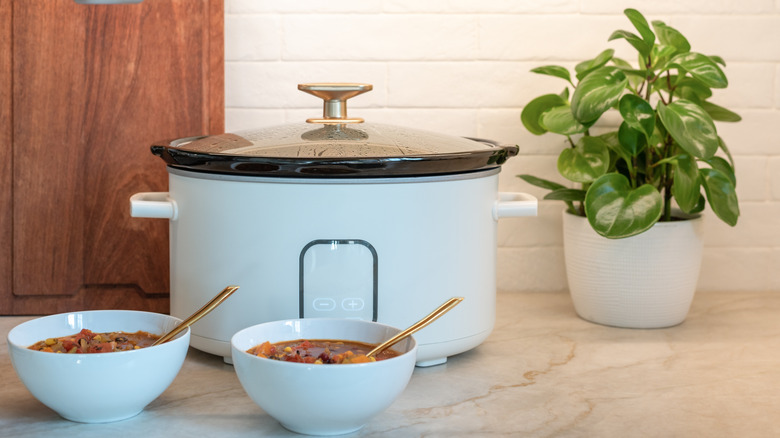
Whether it lives in a cupboard or sits proudly on your kitchen counter, there's a good chance you or someone you know has a Crock-Pot. While they now have a proud place in the kitchen, the early days of the slow cooker were less auspicious.
The device that would become the Crock-Pot was invented by Irving Naxon in the 1960s as a means of preparing a slow-cooked Jewish stew. The company Rival Manufacturing acquired the unfortunately named Naxon Beanery in 1970 and rechristened it the Crock-Pot. The engineers in Rival's test kitchen realized the Beanery could do more than cook stew and rethought its marketing strategy.
The Crock-Pot hit store shelves in 1971, coinciding with an increase in women entering the workplace. Rival marketed the Crock-Pot as a way to save time, balancing work and home obligations. They also packaged the Crock-Pot with a cookbook of recipes. The strategy worked. Rival sold roughly 2 million Crock-Pots in the first year and nearly 100 million in the first 5 years. More than 50 years later, it's still a common appliance in the kitchen, with millions more sold every year.
1980s - Bread Makers
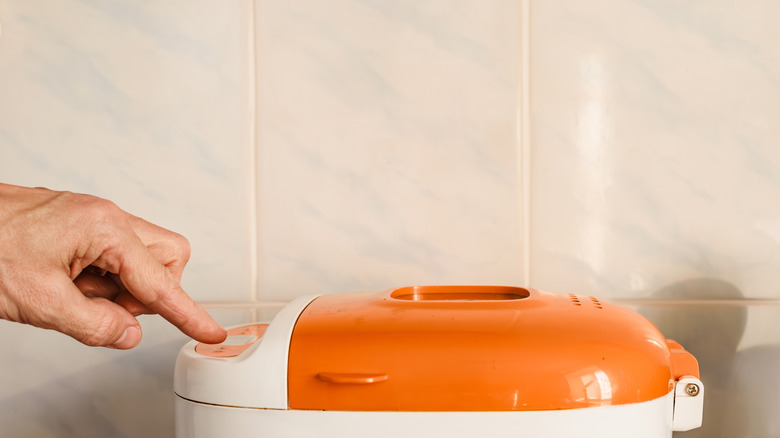
People have been baking bread for thousands of years, but the first all-in-one machine for making bread didn't hit kitchen counters until 1986. The first bread machine was introduced by Matsushita Electric (now Panasonic), and by the '90s, bread makers had spread around the globe. By the late '90s, millions of households in the United States had a bread maker.
Between mixing the ingredients, kneading the dough, rising (sometimes more than once), and baking time, making bread can take hours. Making bread by hand can be an all-day endeavor, but a bread machine cuts your active work time down to a few minutes. All you have to do is measure the ingredients, pour them into the bread maker, and press a button. The bread machine takes care of the mixing, rising, and baking.
Early bread machines were expensive and could only make a few types of bread. Today's modern bread machines are much more affordable and more functional than ever. In addition to breads, they can make jams, yogurts, and much more.
1990s - The George Foreman Grill
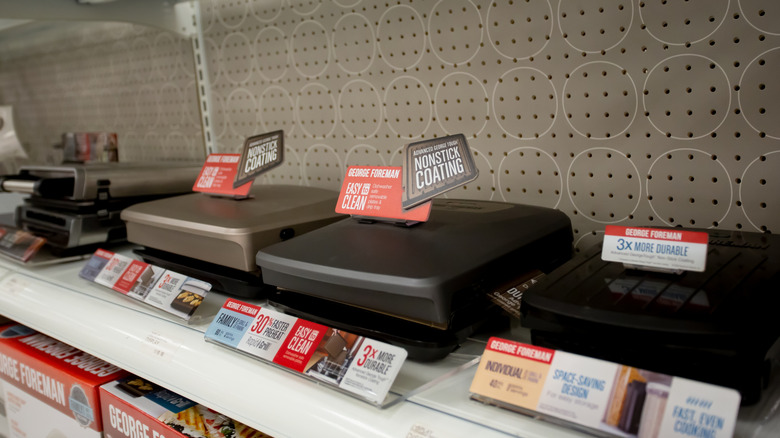
If you couldn't sleep in the '90s, late-night infomercials would sell you wondrous gadgets of every type. Most of them disappeared from memory or ended up tucked into the back of a drawer almost as soon as you opened the packaging. The George Foreman Grill is one of the few exceptions, probably because it was actually convenient.
Despite being named for one of the world's greatest boxers, the George Foreman Grill was actually invented by Michael W. Boehm while he was working for Tsann Kuen USA. Rights to produce and sell the grill were acquired by Salton Inc., and only then did George Foreman come into the picture as a celebrity endorser. Foreman starred in a series of infomercials outlining the benefits of the grill and its accessories. He often referred to the product as "my grill" on camera, which, along with his name being emblazoned on every machine, fueled the common notion that Foreman invented the grill.
Despite its confusing provenance, the George Foreman Grill lives on because of its ease of use and versatility. It can cook anything from burgers and chicken to sandwiches and vegetables. It grills foods on both sides at the same time, and it's angled so that drippings fall away into a grease trap. They'll cook pretty much anything you can imagine, and they'll do it without taking up a lot of counter space.
2000s - Keurig Coffee Machines
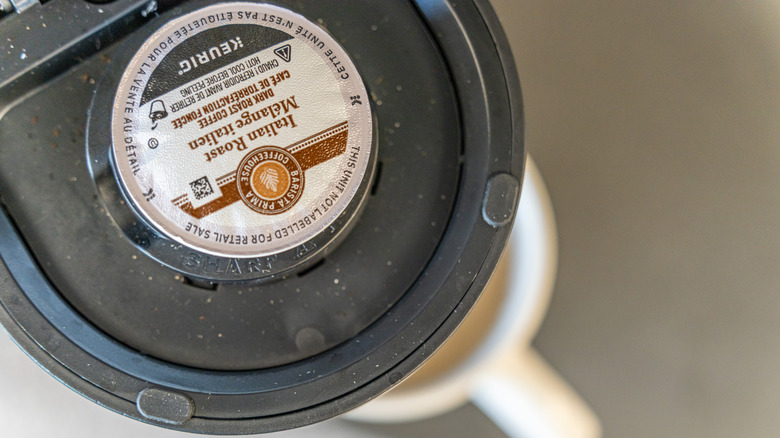
There wasn't really anything wrong with the existing class of coffee makers, but innovation forges ever onward. John Sylvan and Peter Dragone first dreamed up the Keurig pod-style coffee machine in the 1990s, but it really came into favor with the turn of the millennium.
Between 2008 and 2013, the number of coffee pod machines (Keurig or otherwise) sold in the United States alone rose from 1.8 million to 11.6 million, according to the Ohio State University. These machines use K-Cup pods, small single-serving portions of coffee or tea. You can buy them by the dozen at just about any supermarket. Just fill the machine's reservoir with water, throw a pod into the top, and press the button. Don't forget to put your mug under the dispenser, and in just a few minutes, you'll have a fresh cup.
While more conventional coffee machines still work just fine, the single-serving pod is alluring enough to have taken a significant hold of the home coffee market. In more recent years, disposable coffee pods have decreased in popularity with consumers citing concerns over their environmental impact. Still, there's something fun about making a single cup of coffee just for you. Just make sure to use a reusable K-Cup.
2010s - SodaStream
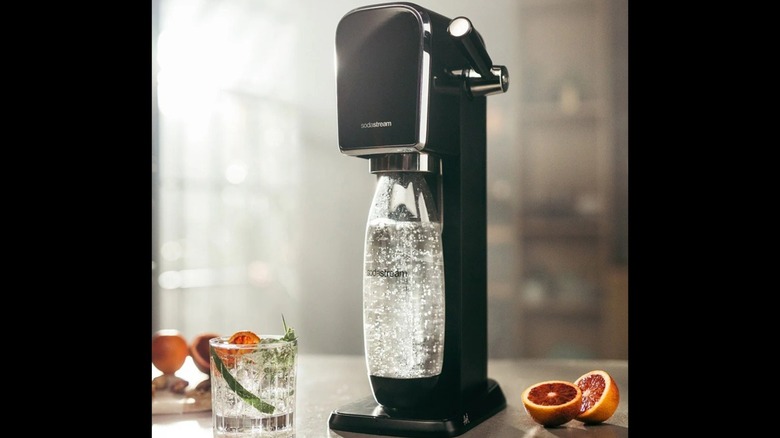
Believe it or not, SodaStream actually traces its origins back to the early 1900s and has experienced crests of popularity followed by waning success over more than a century on the market. The modern incarnation of SodaStream, however, came into its own just last decade. Early versions of the SodaStream were popular in England, even among the royal family, but the product didn't spread much farther.
Today, SodaStream is owned by Pepsi and has become a popular alternative to canned or bottled sodas. You can find a variety of carbonating devices from SodaStream and competitors at supermarkets, alongside reusable bottles and flavored concentrates, including some of Pepsi's most popular flavors. Perhaps best of all, when your homemade sparkling water gets a little too flat, you can always freshen it up with a quick burst from the SodaStream.
SodaStream has become a popular alternative to canned or bottled sodas, both because of the rising soda costs and because it's more environmentally friendly. Conventional sodas are mostly water, which has to be transported in trucks across large distances. By contrast, the water in your SodaStream comes from the tap, and there aren't any cans or plastic bottles to recycle. The CO2 cartridges can be recycled for a credit toward a replacement.
Methodology

There's a certain subjectivity to choosing the best of anything, and kitchen appliances are no exception. Personal preference goes a long way in the kitchen, but some things reach beyond the countertop.
The appliances on this list were chosen for their impact on kitchen culture in a given decade. In some cases, these appliances were invented during the decade in which they were presented. In other cases, they were invented earlier, but came into vogue or had a spike in popularity during a given decade, as is the case with the SodaStream.
In a space like the kitchen, where real estate is at a premium and the stakes are high, it takes a lot to break through. For better or worse, each of these devices has carved out an enduring legacy in the kitchen and can still be found on countertops and in pantries the world over. There's no telling what cool new kitchen gadgets will emerge over the next five decades, but we can't wait to find out.
Want the latest in tech and auto trends? Subscribe to our free newsletter for the latest headlines, expert guides, and how-to tips, one email at a time.
Read the original article on SlashGear.
